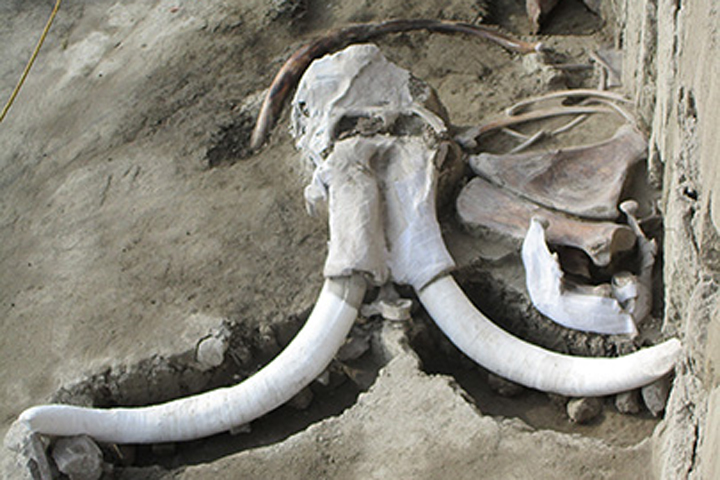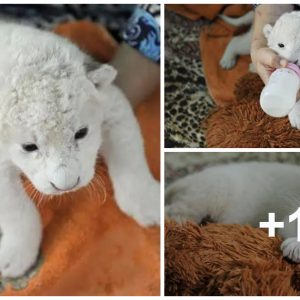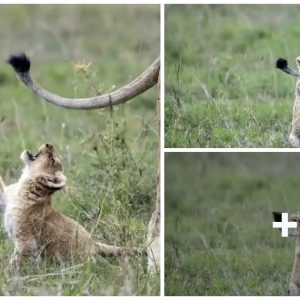In the heart of Mexico, an extraordinary archaeological discovery has unearthed a glimpse into a world where prehistoric humans demonstrated remarkable ingenuity and determination. Over 15,000 years ago, our ancestors embarked on a formidable endeavor to hunt and potentially domesticate the majestic woolly mammoths, leaving behind a testament to their resilience and adaptability.
The revelation comes from the recent excavation of gigantic pits, meticulously crafted by ancient humans to ensnare these colossal creatures. These pits, found in what is now the state of Tlaxcala, are a striking reminder of the sophistication of early human societies. Measuring up to 1.7 meters deep and 25 meters wide, the sheer scale of these traps reflects the significant effort invested in their construction.
The woolly mammoth, with its towering presence and formidable tusks, was a creature of awe and terror. Yet, for these early inhabitants of Mexico, the mammoth represented not only a challenge but also a crucial resource. The successful capture of a mammoth could provide a community with meat, bones, hides, and other materials essential for survival. This made the undertaking of hunting these giants a vital component of their existence.
Archaeologists have uncovered evidence suggesting that these early humans were not only hunting mammoths but also experimenting with ways to domesticate them. This notion is supported by the strategic placement of the pits and the evidence of coordinated efforts to drive mammoths into them. The pits’ construction required not only physical labor but also a profound understanding of mammoth behavior, highlighting the early humans’ capability for strategic planning and cooperation.
The discovery of these mammoth traps has provided a new dimension to our understanding of prehistoric human life. It challenges the previously held perceptions of our ancestors as mere hunter-gatherers, instead painting a picture of them as skilled hunters and potential herders. The level of organization and foresight needed to execute such a feat speaks volumes about their social structures and cognitive abilities.
Moreover, this finding has significant implications for our comprehension of human migration and adaptation. The presence of such advanced hunting techniques in Mexico indicates a highly adaptive and innovative society capable of thriving in diverse environments. It suggests that early humans in this region had developed a unique set of skills and strategies tailored to their specific ecological context.
The pits in Tlaxcala stand as a monumental testament to human ingenuity, resilience, and the relentless pursuit of mastery over their environment. They remind us that the story of human evolution is not just one of survival but also of ambition, innovation, and the continuous quest to conquer new frontiers. The woolly mammoths, once titans of the prehistoric world, have now become symbols of the incredible achievements of early human societies.
As we continue to unearth the secrets of our past, discoveries like these offer invaluable insights into the lives of our ancestors. They connect us to a time when humans, armed with nothing but their intellect and determination, embarked on daring ventures that would shape the course of history. The tale of the mammoth hunters of Mexico is a powerful reminder of the enduring human spirit and our timeless quest for mastery over the natural world.









